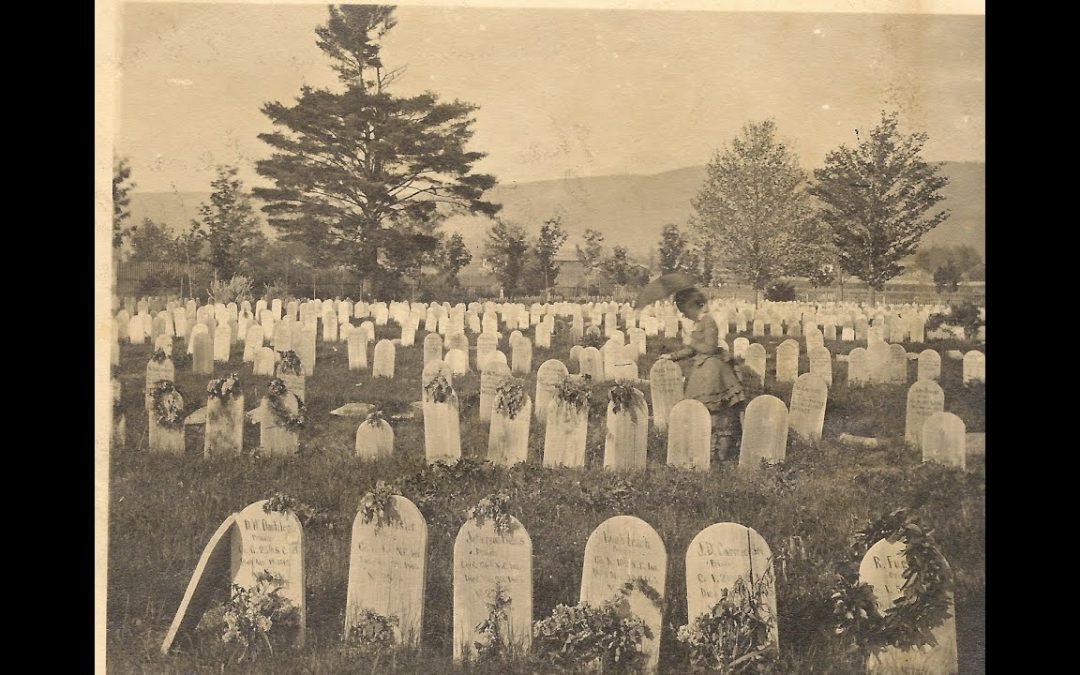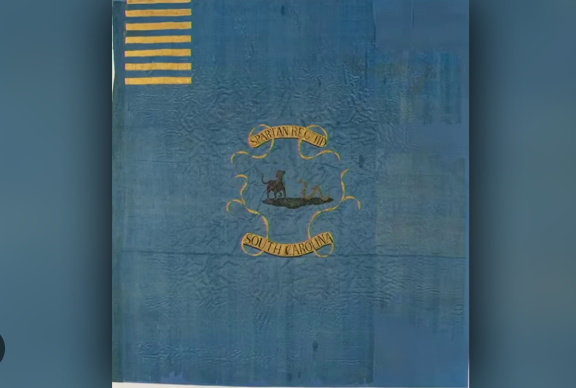On May 30, 1868 in Arlington National Cemetery the first national recognition of Memorial Day was held, but what was hidden for so long was the story of what happened three years earlier in Charleston. In 1996, David Blight, an American history professor at Yale University, shifting through historic papers found a New York Herald Tribune article detailing a tribute to fallen Union soldiers in what is now Hampton Park adjacent to The Citadel.
At the time, the site was Washington Race Course but was used as one of several prisoner of war camps around Charleston. More than 250 Union soldiers died from exposure and disease in deplorable conditions there. They were buried in a mass grave behind the grandstand.
When the war ended, a group of Black men reburied the bodies in individual graves, erected a fence, whitewashed it and wrote “Martyrs of the Race Course” above an archway. On May 1, 1865, the cemetery was consecrated. Some 10,000 people turned out — formerly enslaved people, U.S. Colored Troops regiments and a few white missionaries — to give the soldiers a proper burial, Blight says in a talk he gave about his discovery posted on YouTube.
He said 3,000 children carrying roses, followed by Black men, then Black women marched around the 100 yard long, 50 yard deep gravesite. A children’s choir sang “America the Beautiful.” Sermons were preached, hymns sung. Union officers gave speeches. People cried. And prayed. The New York Tribune described the tribute as “a procession of friends and mourners as South Carolina and the United States never saw before.”
The gravesites looked like a “one mass of flowers” and “the breeze wafted the sweet perfumes from them” and “tears of joy” were shed. “It was the first Memorial Day,” Blight said. This tribute, “gave birth to an American tradition,” Blight wrote in his book, “Race and Reunion.”
Some historians have discounted this assertion, saying it was not intended to be an annual event. The bodies were eventually moved to Beaufort National Cemetery. Blight believes in the decades after the Civil War ended, there was an effort by whites to keep people from knowing about that May day, three weeks after the Civil War ended, and its significance to the tradition of honoring those who gave the ultimate sacrifice to their country.
–thestate.com



